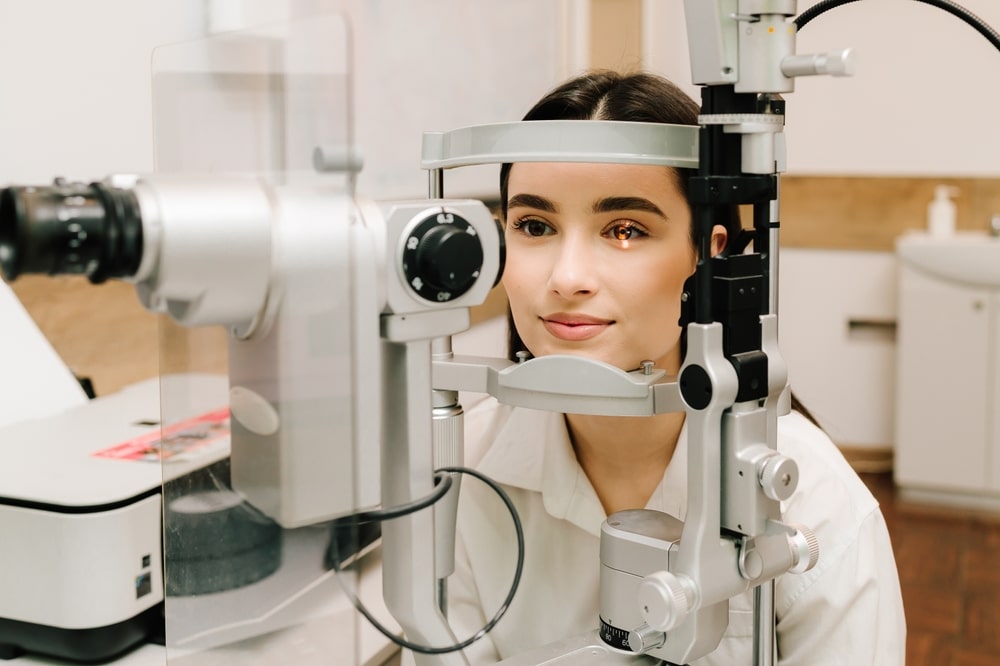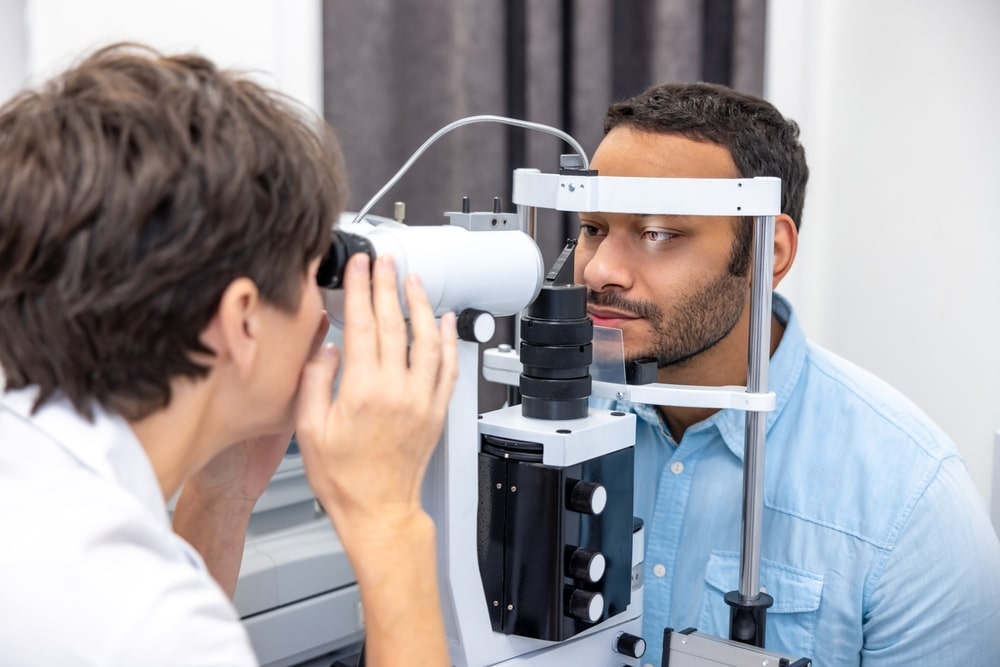Most people schedule their annual physical without a second thought, but when it comes to the eyes, you might wonder if a yearly visit is truly necessary. After all, your vision seems fine, and you’re not experiencing any problems. The truth is, eye exam frequency isn’t one-size-fits-all.
How often you need to see your eye doctor depends on your age, health history, current eye conditions, and individual risk factors. Keep reading to learn more about when you should schedule your eye exams and why personalized timing matters for protecting your vision.
How Often Do Most People Need Eye Exams?

If you’re young and have healthy eyes, your eye doctor may recommend scheduling an exam every two years. However, this changes as you get older, since age increases your risk for many eye conditions.
Once you reach your fifties, your eye doctor will likely want to see you more frequently, sometimes annually or even more often, depending on what they find during your examinations. The American Academy of Ophthalmology recommends that all adults get a baseline eye disease screening at age 40.
This initial exam establishes a picture of your eye health that future visits can be compared against. Early signs of disease and vision changes often begin appearing around this age, making it an ideal time to catch problems before they progress.
At Traverse City Eye, your eye doctor considers your complete health profile when determining your exam schedule. This personalized approach means your visit frequency is tailored specifically to your needs rather than following a rigid annual calendar.
What Factors Determine Your Eye Exam Schedule?
Several key factors influence how often you should see your eye doctor. Understanding these can help you know what to expect and why your schedule might differ from a friend or family member’s routine:
Age
Age affects your eyes more significantly than many people realize. Young adults with healthy eyes and no concerning symptoms can often go longer between visits. However, once you turn 40, many age-related eye conditions may begin developing, even if you don’t notice symptoms yet.
After age 40, your eye doctor may want to see you every 1 to 2 years. By the time you reach 65, annual exams become crucial.
Seniors face higher risks for cataracts, glaucoma, age-related macular degeneration, and diabetic retinopathy. Regular monitoring at this stage can detect these conditions early when treatment is most effective.
Family History of Eye Disease

Your genes matter when it comes to eye health. If close family members have had glaucoma or macular degeneration, you carry an increased risk of developing these conditions yourself. Your eye doctor will likely recommend more frequent visits, possibly more than once per year, to watch for early warning signs.
Early detection becomes especially important with inherited conditions. Glaucoma can cause permanent vision loss if left untreated, but early detection allows your eye doctor to manage it effectively. The same applies to macular degeneration, where early intervention can help preserve your central vision.
Overall Health
Certain health conditions, such as diabetes, hypertension, heart disease, and some autoimmune conditions, are associated with a higher risk of developing eye conditions. Your eye doctor will consider your complete health history, including the medications you take, when determining the frequency of your appointments.
Medications that can lead to eye conditions include corticosteroids, antihistamines, beta blockers, antidepressants, and diuretics. When beginning one of these medications, be sure to discuss the eye health implications with your eye doctor so they can recommend the best exam schedule for your current needs.
Current or Previous Eye Conditions
Active eye conditions require closer attention. If you’re managing dry eye, recurrent infections, or other ongoing issues, your eye doctor will want to see you regularly until these problems are well-controlled.
Only after your condition stabilizes will they consider extending the time between visits. Previous eye surgeries, injuries, or treatments also factor into your schedule.
Your eye doctor may need to monitor how your eyes have healed and watch for any late-developing complications. This ongoing care helps protect the results you’ve achieved and maintains your eye health over time.
Do I Need to See an Eye Doctor Urgently?

Some symptoms should never wait for your next scheduled appointment. Seek immediate care if you experience sudden, severe eye pain or rapid, significant vision changes.
New floaters appearing in your field of vision, especially if accompanied by flashes of light, require urgent attention. These symptoms can indicate retinal detachment, a condition that can threaten your vision if left untreated. Other warning signs include sudden loss of vision in one or both eyes, seeing a curtain or shadow moving across your field of vision, or eye injuries of any kind.
When these situations arise, contact Traverse City Eye or call emergency services right away rather than waiting to see if symptoms resolve on their own. Quick action can prevent permanent vision loss in many cases.
Protect Your Vision with the Right Exam Schedule
Finding the right eye exam schedule for your individual needs involves considering your age, family history, current health, and eye conditions. What matters most is establishing care with an eye doctor who knows your history and can recommend the timing that best protects your vision.
Ready to schedule your comprehensive eye exam? Contact Traverse City Eye in Traverse City, MI, today to determine the proper exam schedule for your vision needs and get the personalized eye care you deserve.
